Talk Overview
Levine discusses the important role of precisely regulating gene expression during animal development. The Drosophila embryo provides a model system because during early embryogenesis a syncytium with about 6000 synchronously dividing nuclei is formed before membranes are laid down to separate the nuclei and areas of regulated gene expression are created. These regions of specific gene expression ultimately determine the body plan of the organism.
In Part 1 of his lecture, Levine emphasizes the importance of enhancers in regulating localized gene expression. Enhancers are elements located up or downstream from the transcription start site of a gene and they bind activators and repressors of gene expression. By integrating the effect of activators and repressors, enhancers produce sharp on/off boundaries of gene expression.
In Parts 2 and 3, Levine describes mechanisms used in the embryos to maintain the precision and robustness of gene expression. One mechanism is “shadow enhancers”. These are secondary enhancers found at a significant distance from the transcription start site that act in conjunction with primary enhancers to ensure the sharp patterns and reproducibility of gene expression. A second mechanism of ensuring precise activation of gene expression is “Paused Polymerase”. Active RNA polymerase II binds to the transcription start site, makes a very short nascent transcript and then pauses. When activators bind to the promoter, pol II is ready to go and is rapidly activated across many nuclei. When used together, shadow enhancers and paused pol II provide rapid, uniform, robust and reproducible gene activation.
In the fourth part of his talk, Levine focuses on the role of repressors in regulating gene expression. He shows data from his lab that explain the mechanism of action of the Snail and Polycomb repressors.
Speaker Bio
Michael Levine
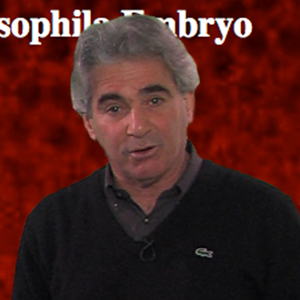
Mike Levine is a Professor in the Department of Molecular and Cellular Biology and the Center for Integrative Genomics at the University of California at Berkeley. His current position completes a circle that began when he was an undergraduate student at UCBerkeley. Levine went on to receive his PhD from Yale University and he did… Continue Reading
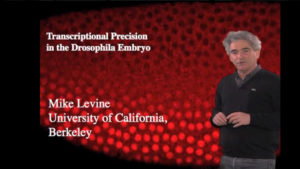
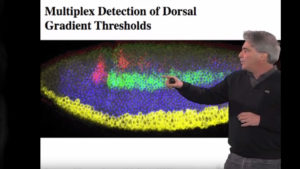
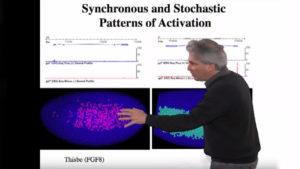
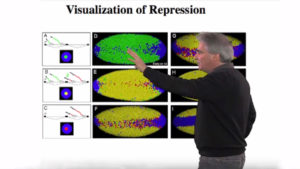
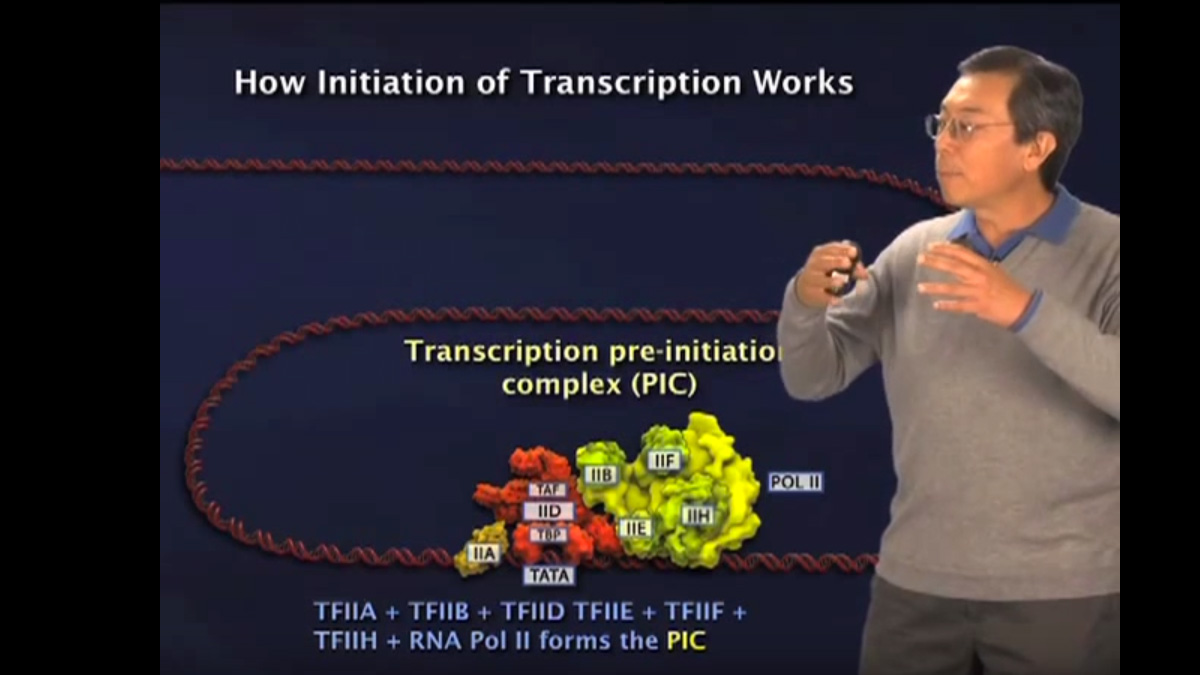
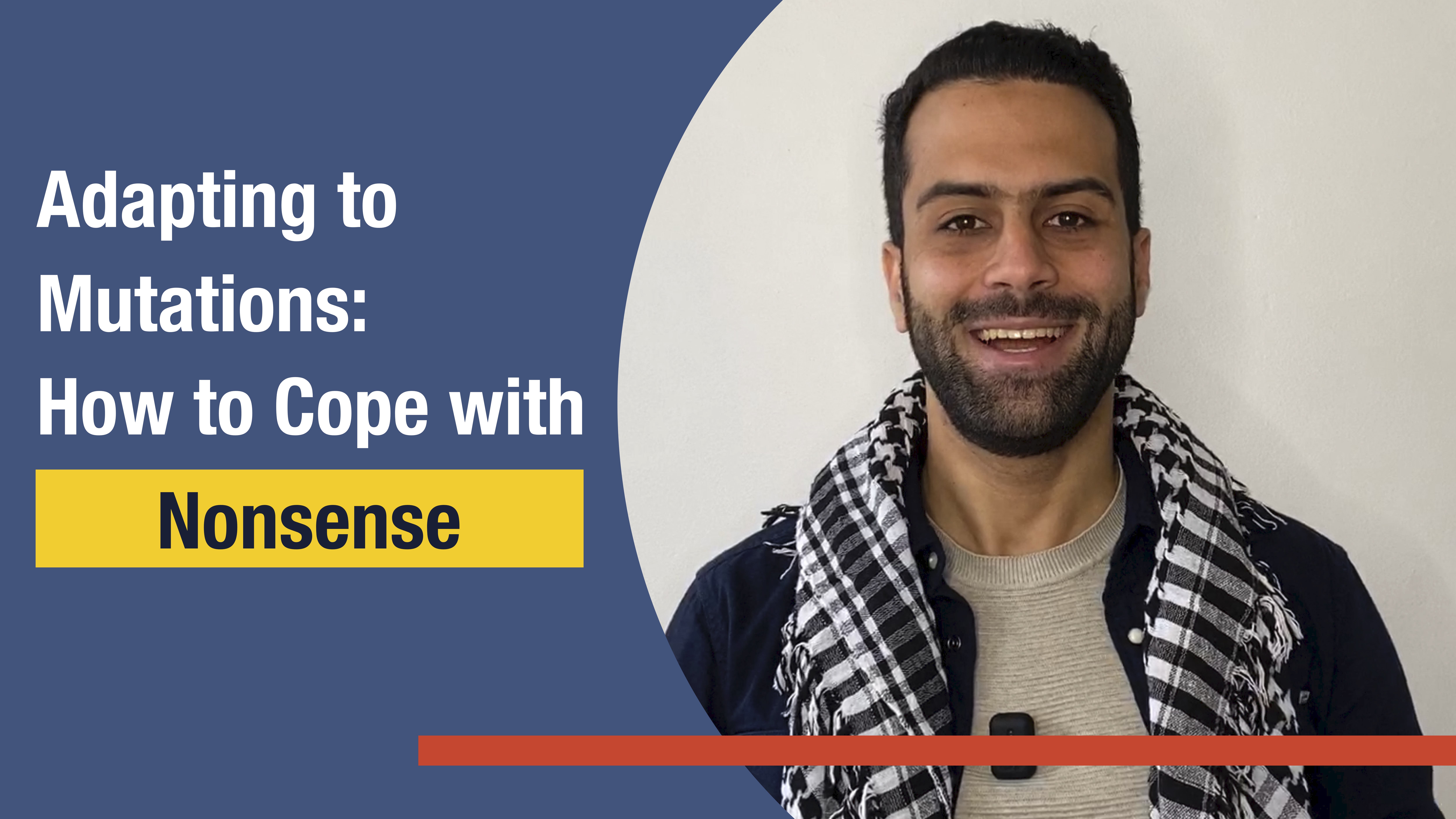

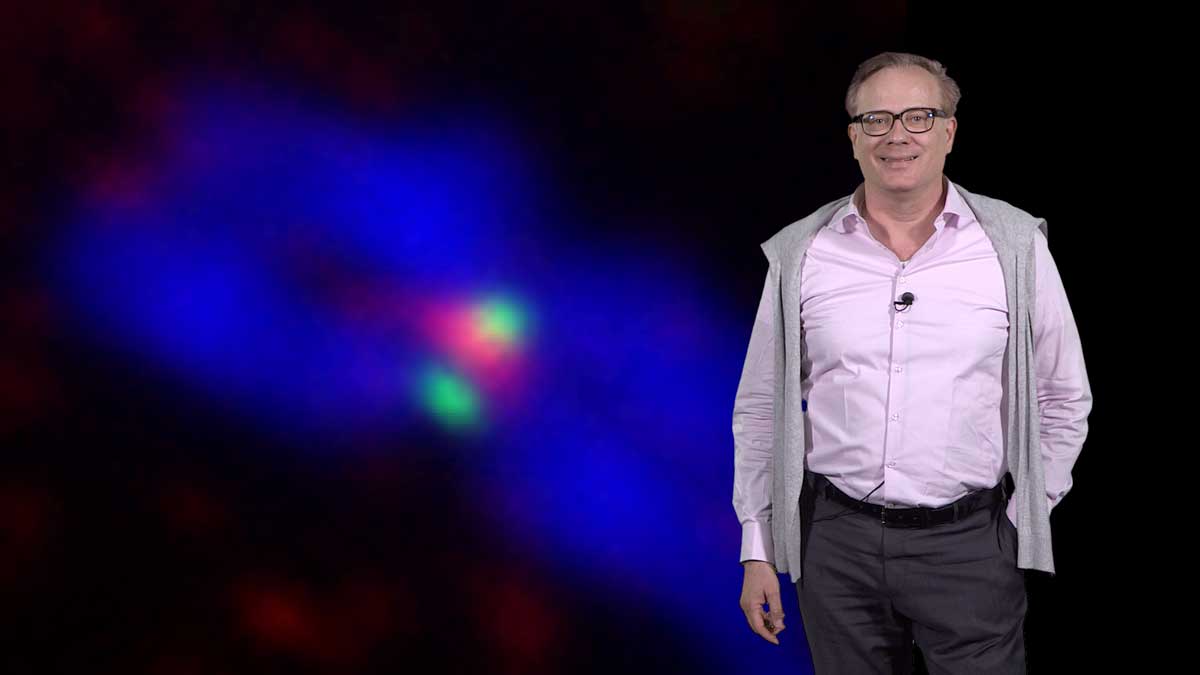





Leave a Reply